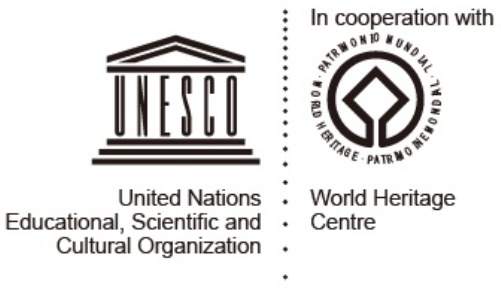
UNESCO Chair
UNITWIN/UNESCO Chair Programme, established in 1992, promotes international cooperation and networking between universities. It helps reinforce higher education institutions worldwide, bridge the knowledge gap, mobilize university expertise, and collaborate around the 2030 Agenda for Sustainable Development. (source https://en.unesco.org/themes/higher-education/unitwin).

